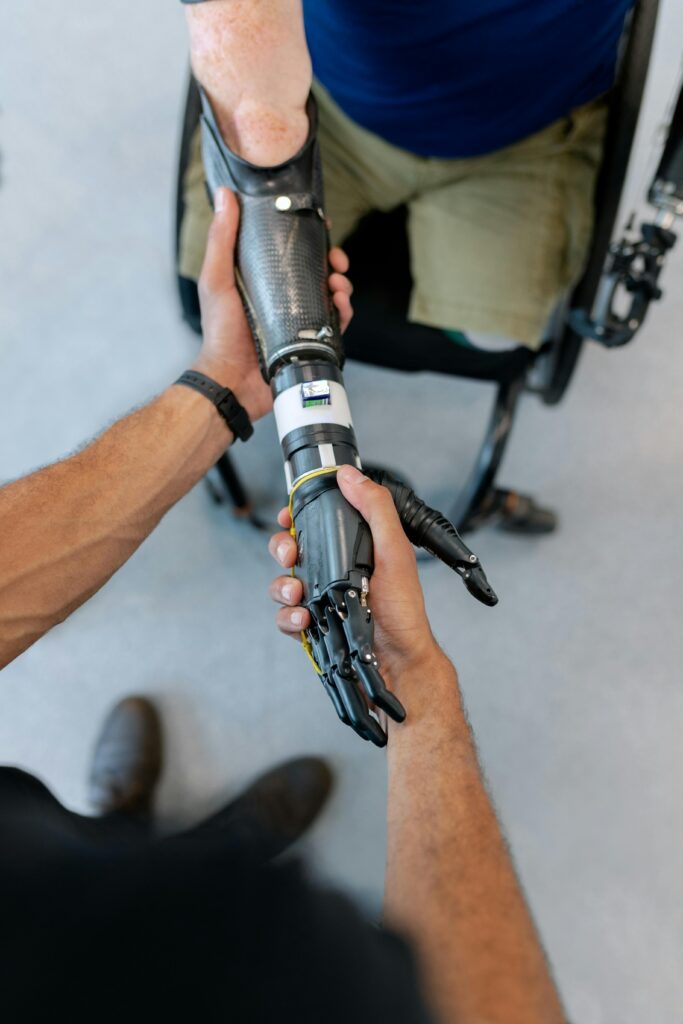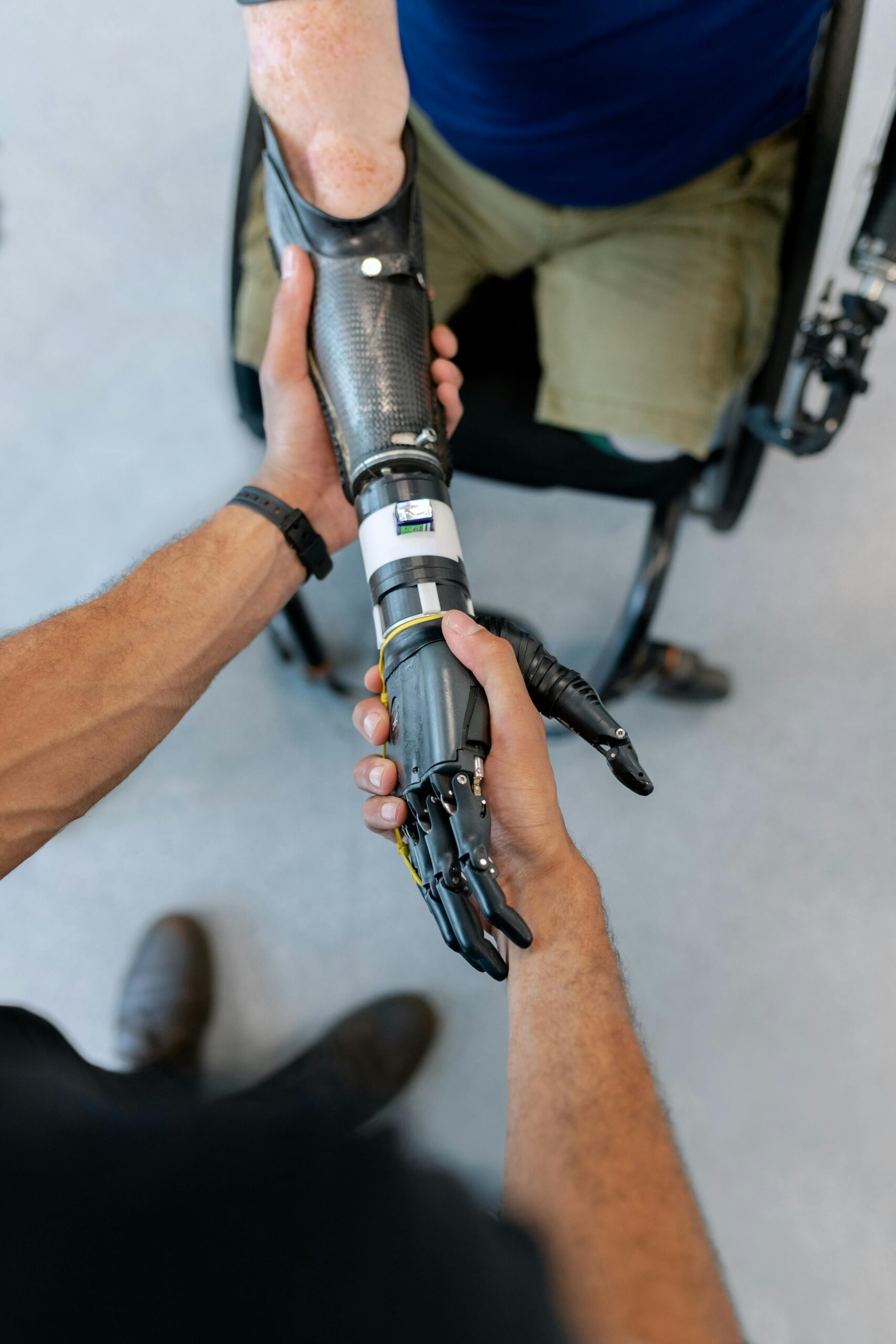The Revolution of Robotics: Shaping the Future
In the past few decades, robotics has evolved from a niche field into a transformative force impacting various sectors globally. Robotics, the interdisciplinary branch of engineering and science, encompasses the design, construction, operation, and use of robots. These machines, often autonomous or semi-autonomous, are designed to perform tasks that range from the mundane to the highly complex. As we delve deeper into the 21st century, the integration of robotics into everyday life is becoming increasingly prevalent, heralding a new era of innovation and efficiency.
The Evolution of Robotics
The journey of robotics can be traced back to ancient civilizations, where myths and stories often depicted mechanical beings. However, the modern era of robotics began in the 20th century with the advent of programmable machines. The term “robot” was popularized by Czech writer Karel Čapek in his 1920 play “R.U.R.” (Rossum’s Universal Robots). These early robots were rudimentary and primarily used in industrial settings for repetitive tasks, such as assembly lines.
The significant leap in robotics came with advancements in computer science and artificial intelligence (AI). The development of microprocessors in the 1970s and the subsequent rise of computational power enabled robots to perform more complex tasks. By the late 20th century, robots were no longer confined to factories; they began to appear in various fields such as healthcare, education, and domestic environments.
Current Applications of Robotics

Today, robotics has permeated almost every industry, transforming how tasks are performed and enhancing productivity. Some of the most notable applications include:
- Manufacturing: Industrial robots have revolutionized manufacturing processes, providing precision and efficiency. They can work tirelessly, reducing human error and increasing output. Examples include robotic arms used in car assembly lines and automated guided vehicles (AGVs) in warehouses.
- Healthcare: Robotics in healthcare has led to significant advancements in surgery, rehabilitation, and patient care. Surgical robots, such as the da Vinci Surgical System, allow for minimally invasive procedures with greater precision. Additionally, robots assist in physical therapy, providing consistent and accurate support to patients.
- Service Industry: Robots are increasingly being employed in the service industry to perform tasks such as cleaning, cooking, and customer service. Autonomous vacuum cleaners, robotic chefs, and AI-powered customer service bots are becoming commonplace in households and businesses.
- Exploration: Robotics plays a crucial role in exploring environments that are hazardous or inaccessible to humans. Mars rovers, underwater drones, and disaster response robots are designed to operate in extreme conditions, gathering data and performing tasks that would be impossible for humans.
- Agriculture: Agricultural robots, or agribots, are transforming farming practices. They perform tasks such as planting, harvesting, and monitoring crops, enhancing productivity and reducing the need for manual labor.
The Intersection of Robotics and AI
The synergy between robotics and AI has been pivotal in advancing the capabilities of robots. AI enables robots to learn from their environment, adapt to new situations, and perform tasks autonomously. Machine learning algorithms allow robots to improve their performance over time, making them more efficient and effective.
One of the most exciting developments in this field is the rise of collaborative robots, or cobots. Unlike traditional industrial robots that operate in isolation, cobots are designed to work alongside humans, enhancing their capabilities rather than replacing them. They are equipped with advanced sensors and AI algorithms to ensure safe and efficient collaboration.

Ethical and Social Implications
As robotics continues to advance, it raises several ethical and social questions. The potential displacement of jobs due to automation is a significant concern. While robots can perform many tasks more efficiently than humans, there is a fear that widespread automation could lead to job loss and economic disparity. It is crucial to address these concerns by implementing policies that ensure a fair transition for the workforce, such as reskilling programs and social safety nets.
Moreover, the development and deployment of robots must be guided by ethical principles. Issues such as privacy, security, and the potential misuse of robots for harmful purposes need to be carefully considered. Establishing regulatory frameworks and ethical guidelines is essential to ensure that robotics technology is used responsibly and for the benefit of society.
The Future of Robotics
The future of robotics holds immense promise. Advances in materials science, AI, and sensor technology will lead to the creation of more sophisticated and capable robots. Some of the exciting trends to watch include:
- Swarm Robotics: Inspired by the behavior of social insects, swarm robotics involves the coordination of large numbers of simple robots to perform complex tasks. This approach has potential applications in areas such as environmental monitoring, disaster response, and agriculture.
- Soft Robotics: Unlike traditional rigid robots, soft robots are made from flexible materials, allowing them to interact more safely with humans and adapt to complex environments. They hold promise for applications in healthcare, such as soft robotic exoskeletons for rehabilitation.
- Autonomous Vehicles: The development of autonomous cars, drones, and delivery robots is poised to revolutionize transportation and logistics. These vehicles use advanced AI and sensor systems to navigate and perform tasks without human intervention.
- Human-Robot Interaction: Enhancing the way humans and robots interact is crucial for the widespread adoption of robotics. Advances in natural language processing, computer vision, and haptic feedback are making robots more intuitive and user-friendly.
Conclusion
Robotics is a field that is rapidly evolving, with the potential to transform every aspect of our lives. From manufacturing to healthcare, from exploration to agriculture, robots are becoming indispensable tools that enhance human capabilities and drive innovation. As we continue to push the boundaries of what robots can do, it is essential to address the ethical and social implications to ensure that this technology benefits all of humanity. The future of robotics is bright, and its impact on society will be profound, ushering in a new era of progress and possibility.
